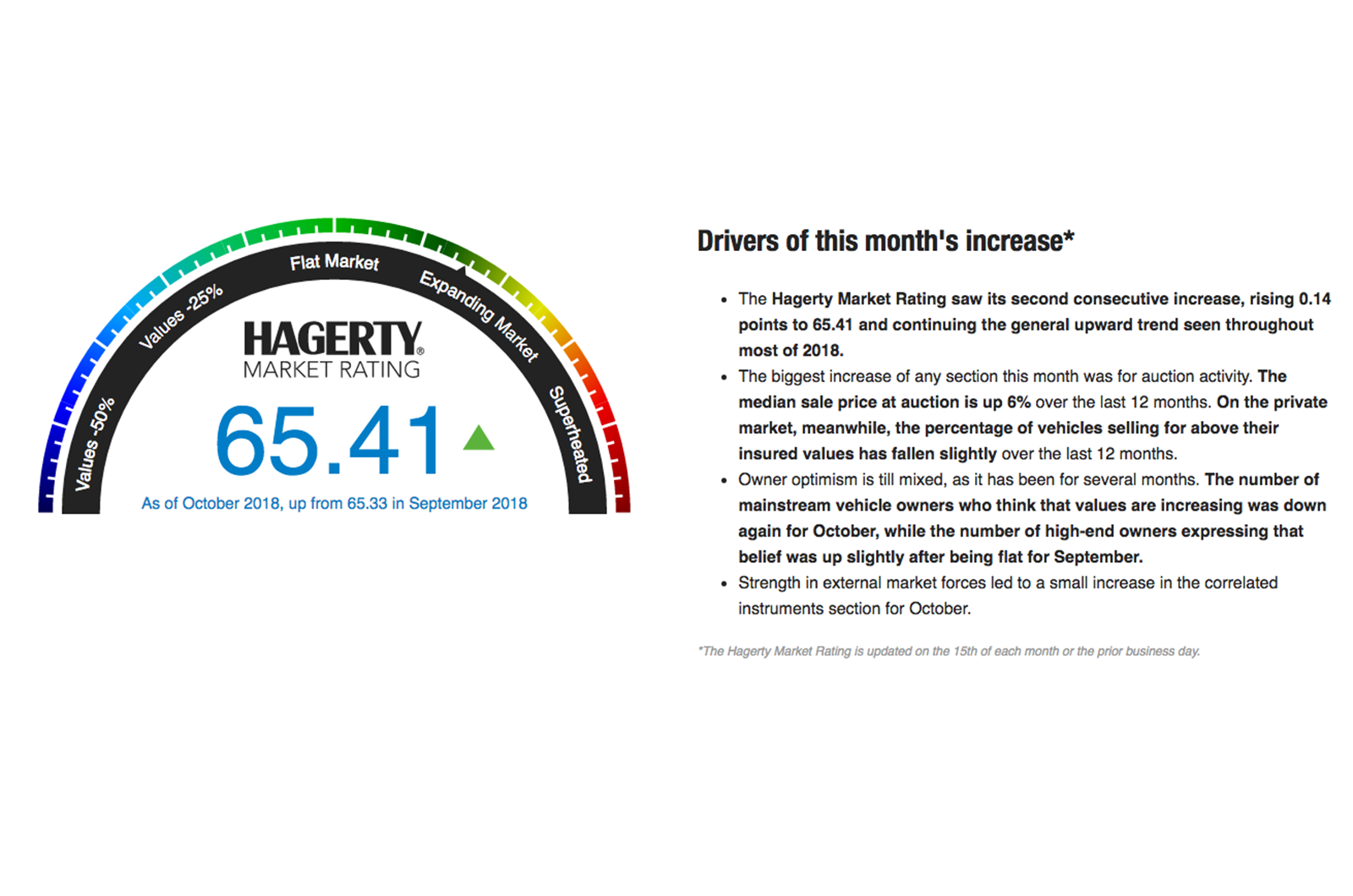
Whether it is the actions of Cambridge Analytics on the Brexit referendum, Google search algorithms or social media presenting you with tailored stories, ‘Big Data’ is currently big news.
The analysis of data isn’t new, and it won’t surprise you to know that all of the classic car market analysis articles written by Hagerty are based on crunching masses of car value numbers.
What you may not know, though, is just how important the human element is.
I spent most of the 1990s working for a Government department, ostensibly as a data analyst. We had rudimentary computer programs that identified anomalies, but it required human intervention to interpret these: to find out what was really going on.
Although computer algorithms have improved massively since then, this human element is still key to identifying the whole picture.
Take classic car auction results, for example. There are other classic car indices and trackers, most of which take published auction data for a number of cars, analyse them, and create nice graphs and infographics which prove that one model is doing well, others less so.

Above: Hagerty Market Rating

